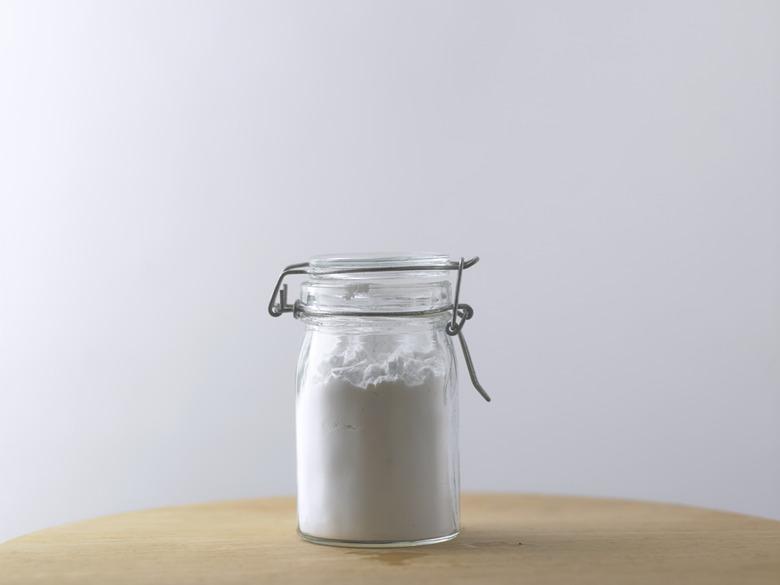How To Use Baking Soda To Trap Mosquitoes
Nothing ruins a summer day quicker than itchy mosquito bites. You can enjoy the outdoors a little more by creating a homemade mosquito trap using baking soda and a few other common household items. When the baking soda reacts with certain additives, it releases a gas that attracts mosquitoes: carbon dioxide (CO2).
A trap won't catch every mosquito, but it could make it a little more bearable to step outside. For best results, combine a baking soda mosquito trap with other control measures, like dumping standing water.
What Attracts Mosquitoes?
Why do mosquitoes always seem to find you as soon as you step outside? Mosquitoes are attracted to you because they sense the CO2that you naturally emit when you exhale. In other words, you're essentially a walking mosquito magnet.
Mosquitoes are also attracted to body heat and humidity and use visual clues to help them zero in on their target. For example, according to a May 2018 study published in Frontiers in Behavioral Neuroscience, the combination of heat and humidity (the air around your skin has a slightly higher humidity when you perspire) attracts mosquitoes more than just heat alone. This is one way mosquitoes tell the difference between a rock sitting in the sun and a human sitting in the sun.
By understanding what attracts mosquitoes, you can design a trap that lures them in, but you also need them to land. This small but crucial difference is exactly what the Frontiers in Behavioral Neuroscience study sought to discover. The researchers found that CO2 not only attracted mosquitoes but also proved to be a decisive factor in whether or not they landed. Therefore, creating a source of CO2 is key to making an effective mosquito trap.
Things Needed
-
2-liter plastic bottle
How to Make a Mosquito Trap With Baking Soda
1. Cut the Bottle
To make a baking soda mosquito trap, cut off the tapered top of a used water bottle or 2-liter bottle. Flip the top upside down and place it inside the bottom of the bottle. It should look like a funnel that leads directly into the bottle. Mosquitoes can fly or fall into the funnel but can't easily fly out.
For best results, try to fool as many of the mosquitoes' senses as possible. Because mosquitoes are attracted to dark objects, wrap the bottle in black construction paper. Allow the black material to heat up — another mosquito lure — by placing it outside in the sun.
As a final touch, spritz some water on and around the hot material to create a little humidity around the trap as the water evaporates.
Fortunately, you don't have to spend money on dry ice, a CO2 canister, or other commercial products to create a CO2 mosquito trap. All you need to make CO2 is a source of carbonate and a weak acid.
You probably already have what you need in your kitchen. Baking soda is a source of carbonate, and vinegar is a weak acid. They infamously fizz when mixed together, and now you know that those bubbles are actually CO2.
Tip
If you don't have baking soda or vinegar in your arsenal, you can still make a DIY mosquito trap with the same principle. Instead of baking soda, use another source of carbonate, like seashells, limestone, or chalk. And instead of vinegar, use another weak acid that will produce CO2 when mixed with a carbonate, like citric acid, which is present in lime juice, lemon juice, and orange juice.
Add 4 parts vinegar and 1 part baking soda to the bottle. The more you can add, the longer the CO2-producing (and mosquito-attracting) reaction will take place.
References
- University of Florida IFAS: UF/IFAS Scientists Adapt Household Products to Dupe and Trap Deadly Disease-Carrying Insects in Africa
- California Institute of Technology: Mosquitoes Use Smell to See Their Hosts
- Frontiers in Behavioral Neuroscience: Carbon Dioxide, Odorants, Heat and Visible Cues Affect Wild Mosquito Landing in Open Spaces
